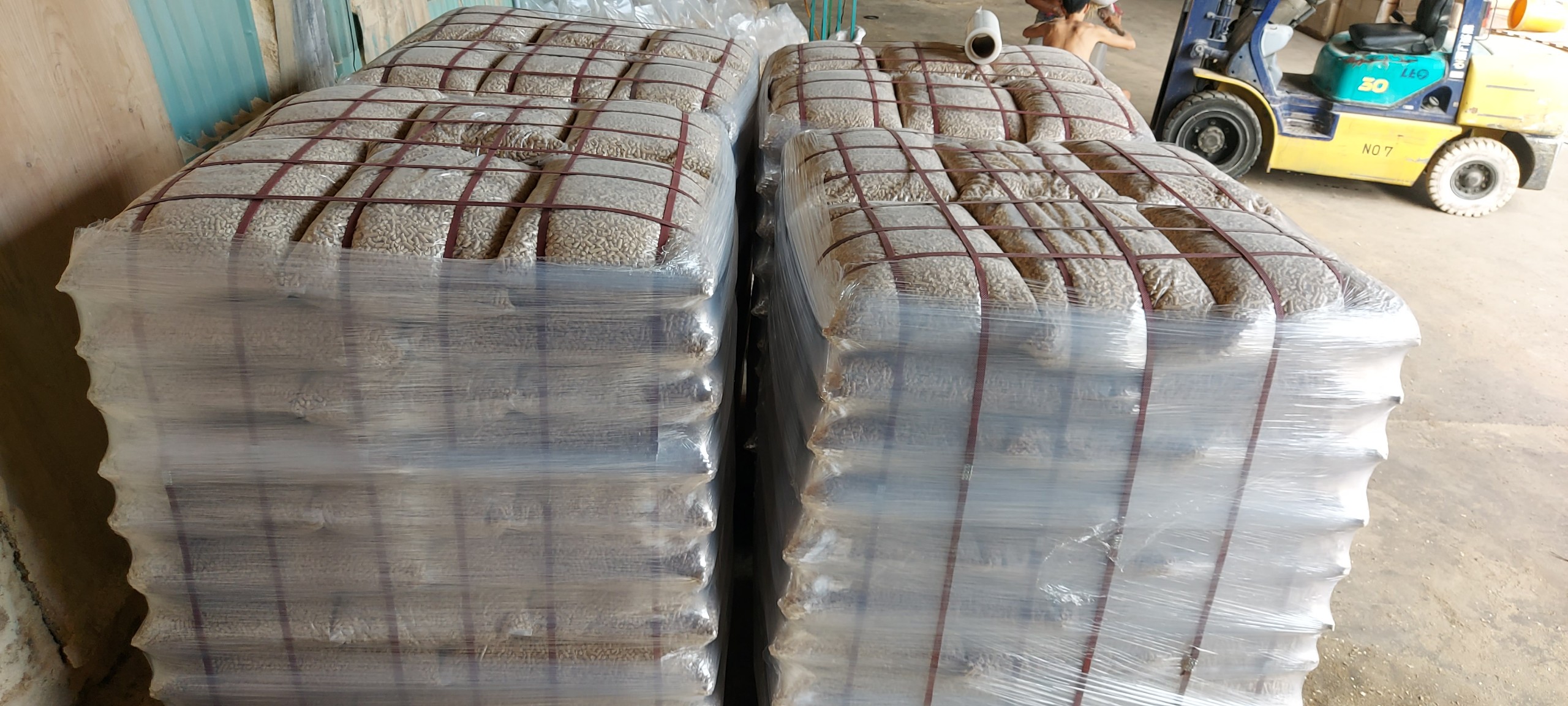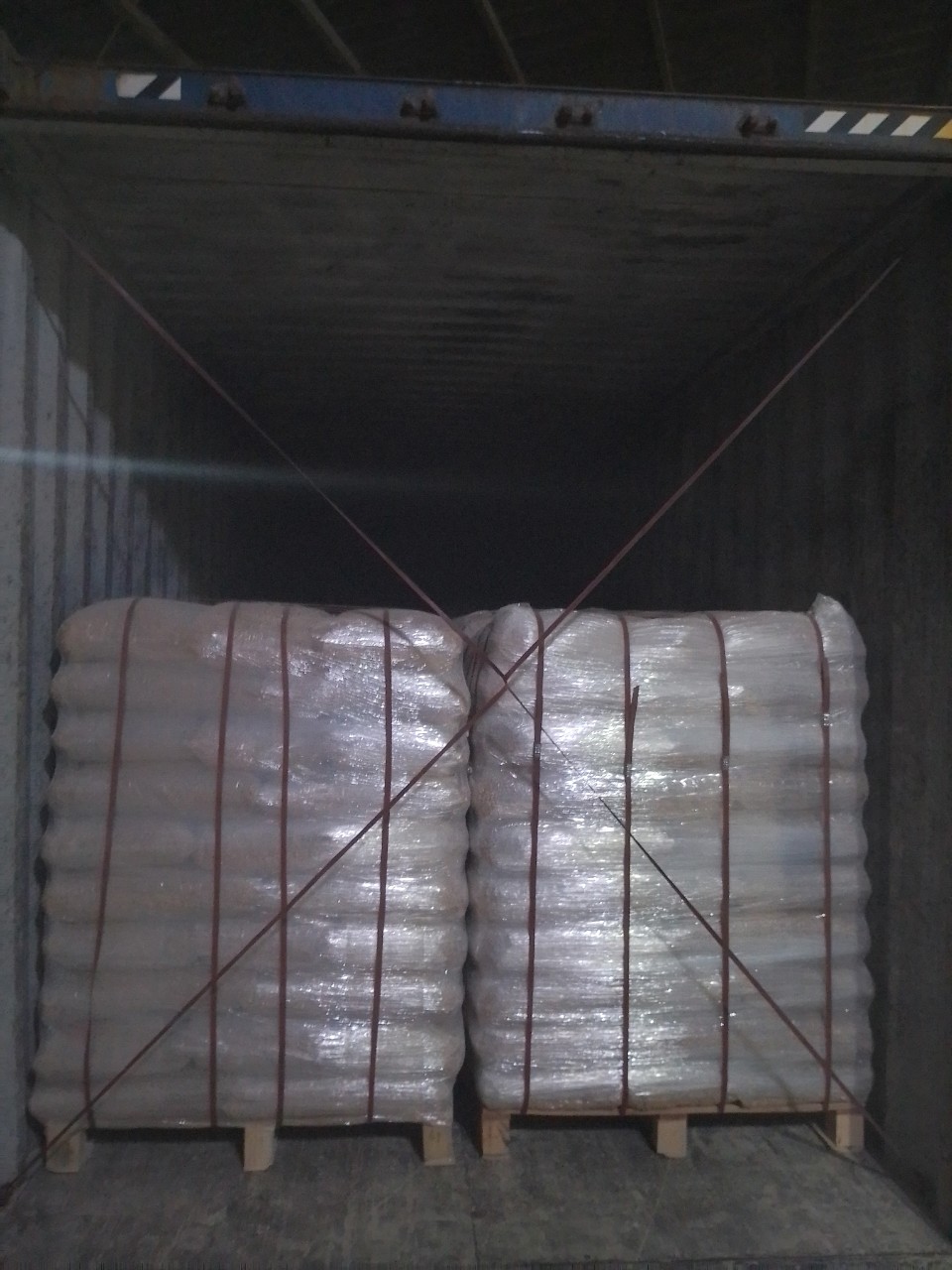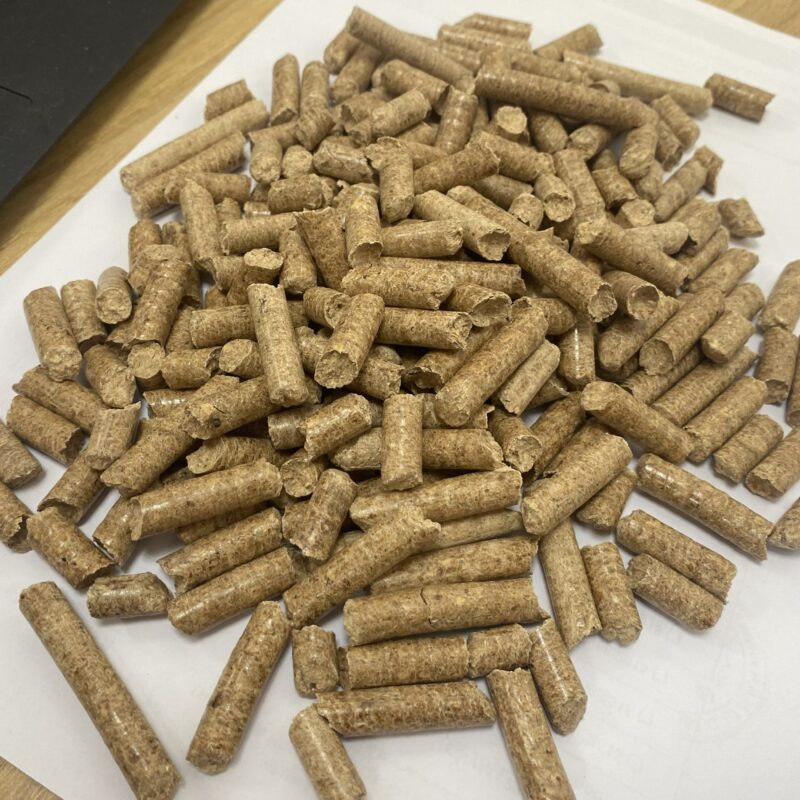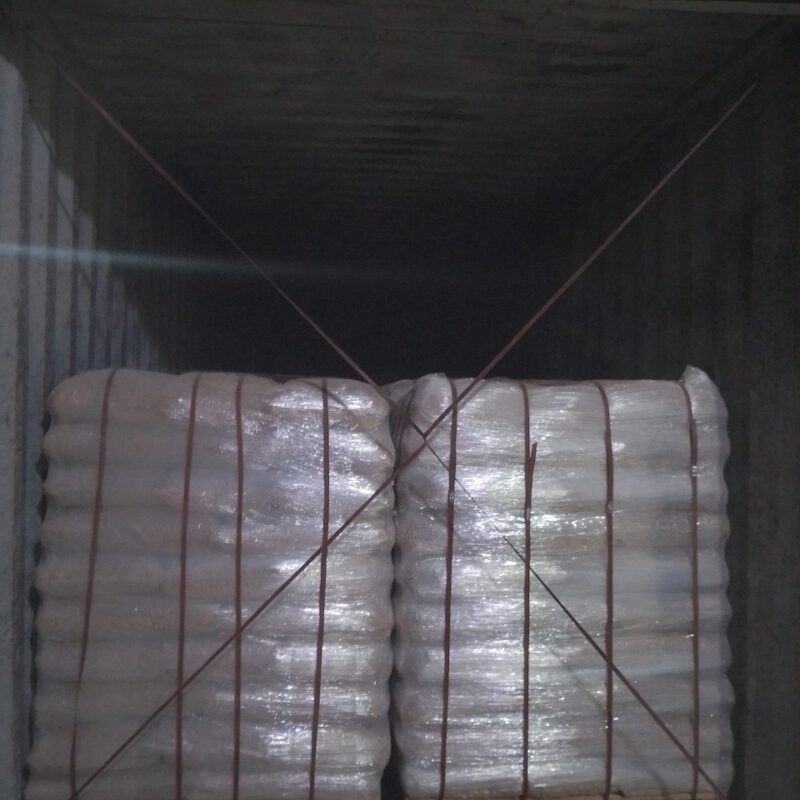Wood pellets are a renewable, eco-friendly fuel source made from compressed sawdust and wood shavings. These small, cylindrical pieces of wood offer a highly efficient and cost-effective alternative to traditional fossil fuels like coal, natural gas, or oil. Wood pellets are used primarily for heating purposes in residential, commercial, and industrial applications, as well as in power generation plants.
How Are Wood Pellets Made?
Wood pellets are produced by compressing dry, untreated wood by-products such as sawdust, wood chips, or shavings. The wood fibers are compressed under high pressure, forming dense pellets that burn efficiently. The process involves several steps:
Drying: The raw wood material is dried to reduce moisture content.
Grinding: The wood is ground into a fine powder to improve compression.
Pelletizing: The ground wood is pressed through a die, forming pellets.
Cooling and Packaging: The pellets are cooled and packed for distribution.
This production process ensures that wood pellets have a high energy density and low moisture content, making them an efficient and clean-burning fuel source.
Benefits of Wood Pellets
Renewable and Sustainable: Wood pellets are made from biomass, which is a renewable resource. Utilizing wood waste reduces the need for landfills and promotes the use of sustainable forest management practices.
High Energy Efficiency: Due to their low moisture content and high density, wood pellets offer excellent combustion efficiency. They generate a higher heat output than traditional wood logs.
Cost-Effective: Compared to fossil fuels, wood pellets are relatively affordable. They offer a stable pricing structure, making them an attractive option for homeowners and businesses looking to reduce heating costs.
Low Carbon Footprint: Burning wood pellets emits fewer greenhouse gases compared to coal or oil. The carbon released during combustion is partially offset by the carbon absorbed by trees during their growth.
Versatile Applications: Wood pellets can be used in a variety of settings, including residential stoves, commercial boilers, and large-scale power plants.
Applications of Wood Pellets
Residential Heating: Homeowners use wood pellets for heating their homes through pellet stoves or boilers. These appliances are designed to burn pellets efficiently, offering a clean and convenient heating solution.
Industrial and Commercial Heating: Wood pellets are used in industrial furnaces and boilers to provide heat for large buildings or industrial processes. They are also used in district heating systems that distribute heat to multiple buildings.
Power Generation: In some countries, wood pellets are used in large power plants to generate electricity. Co-firing wood pellets with coal is an effective way to reduce emissions and increase the use of renewable energy.
Environmental Impact of Wood Pellets
One of the biggest advantages of wood pellets is their positive environmental impact. Wood pellets help reduce reliance on fossil fuels, which are a major source of carbon dioxide emissions. The production process of wood pellets utilizes waste materials, contributing to waste reduction and better forest management practices.
Additionally, the use of wood pellets in place of coal or oil in power generation plants reduces sulfur dioxide (SO2) and nitrogen oxide (NOx) emissions, which are harmful pollutants. The ash produced from burning wood pellets is minimal, and it can often be recycled or used as fertilizer.
Choosing the Right Wood Pellets
When selecting wood pellets, it’s important to consider factors like the source of the raw material, pellet quality, and certification. Look for certifications such as FSC (Forest Stewardship Council) or ENplus to ensure that the pellets come from sustainably managed forests and meet high production standards.
Conclusion
Wood pellets are a sustainable, efficient, and versatile fuel source that offers a range of environmental and economic benefits. As the world shifts towards more sustainable energy solutions, wood pellets provide a reliable alternative to fossil fuels, contributing to cleaner energy production and reduced greenhouse gas emissions.
By choosing wood pellets for heating or power generation, individuals and businesses can take a step toward reducing their carbon footprint while supporting sustainable forest management.














Reviews
There are no reviews yet.